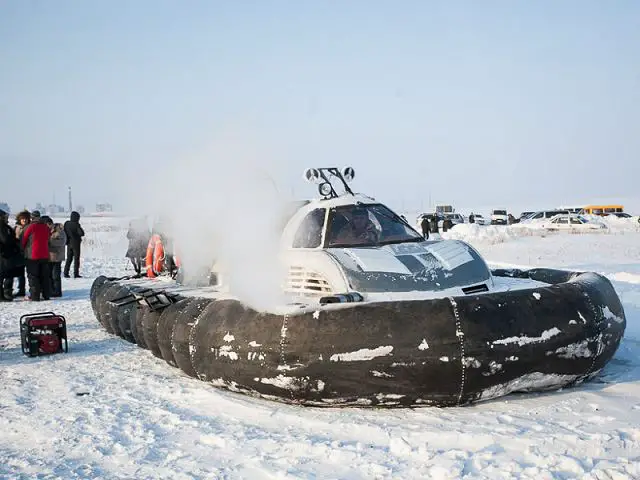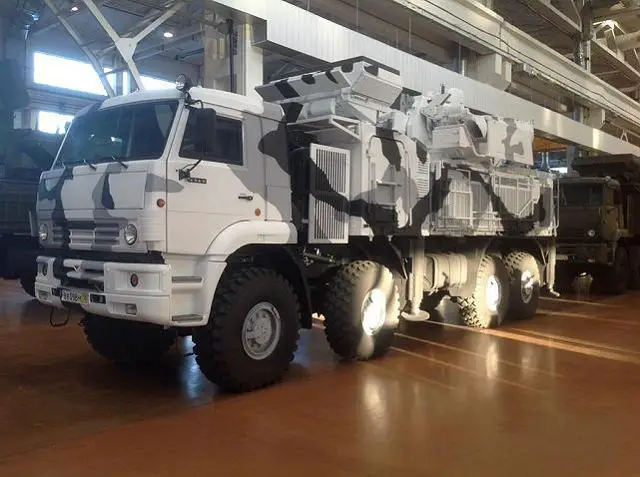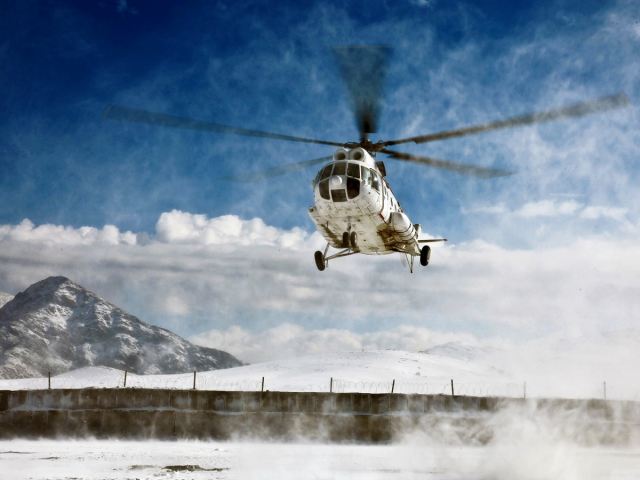|
|
|||
|
Military Defense Technology - Russian Arctic military equipment
|
|||
|
|
|||
| Russia has developed a full range of military equipment for the Arctic Region. | |||
|
On December 26, 2013, at a meeting of the Marine Board, colleagues noted that today the battle for consolidation of the Arctic region is unfolding. Rostec is actively involved in this task, by manufacturing products that have been used effectively by Russia in the northern latitudes, and it is continuing to engineer prospective products.
|
|||
|
|
|||
 CORSAIR is a small-size amphibious air-cushion vehicle CORSAIR is a small-size amphibious air-cushion vehicle |
|||
|
|
|||
|
Rostec comprises 700 organizations of Russia that are currently part of 14 holding companies, nine of which operate in the military-industrial complex, and five in civilian sectors. The group also includes 22 direct management organizations.
Rostec develops unique technologies and produces vehicles specially adapted for the effective implementation of tasks in the Arctic. THE CORSAIR is a small-size amphibious air-cushion vehicle (AACV), developed by Transekologiya, a resident company at the Khanty-Mansiysk High Technology Park, with the participation of Rostec experts. The main advantage of the machine is that it is an all-terrain vehicle and is able to operate throughout the year on rivers, lakes and wetlands, in the grass or fresh snowfall, and on terrain with steep inclines of up to 25 degrees. The Corsair AACV has a payload of 300 kg (with a body weight of 450 kg) and a seating capacity of three people. |
|||
|
|
|||
 Pantsir short-range air defense missile system in winter camouflage Pantsir short-range air defense missile system in winter camouflage |
|||
|
|
|||
|
Tula Instrument Design Bureau, member of Rostec Group has developed an Arctic version of the Pantsir, a self-propelled anti-aircraft missile and gun system (AAMGS) that is ground-based and designed for the protection of civil and military facilities from all current and future air threats. Also, the Pantsir is reliably able to cover and defend an object from any ground and surface threats.
The Pantsir was developed by the Tula Instrument Design Bureau in 1994. It was first shown to the public at the MAKS Air Show in 1995. On the basis of the basic model, several modifications were developed, including special designs for operations in the extreme conditions of the Arctic. The Pantsir is a rocket-gun complex, which can be mounted on a crawler body, wheeled truck, trailer, or it can be installed permanently. It can be operated by two or three people. I would like to mention that the conversion of the complex from traveling to combat mode takes only 5 minutes.
The armament of Pantsir-S1 consists of twelve 57E6 surface-to-air guided missiles and two 2A38M30-millimetre automatic guns developed from the two-barreled 30mm GSh-30 gun. It is provided with multi-range radar capable of detecting aerial targets with effective surface of dispersion of up to 2-3 square meters at a distance of more than 30 kilometers and track them down from a distance of over 24 kilometers. The Arctic version of the Pantsir was sent to the Novosibirsk (New Siberian) Islands, where Russia has resumed its military presence. |
|||
|
|
|||
 The MI-8AMTSH-VA is an arctic version of the standard Mi-8 transport helicopter The MI-8AMTSH-VA is an arctic version of the standard Mi-8 transport helicopter |
|||
|
|
|||
|
THE MI-8AMTSH-VA is one of the newest versions of the famous Mi-8 helicopter, developed by the Russian Helicopters Holding, specifically for use in the Arctic. In August, the company demonstrated the project at the Days of Innovation of the Ministry of Defense event at the Oboronekspo-2014.
The Arctic Mi-8AMTSh-VA is based on the Mi-8AMTSh-B military-transport helicopter. It is equipped with new Klimov BK-2500-03 gas turbine engines, the more powerful TA-14 auxiliary power unit, and upgraded KRET avionics. Its design uses spacecraft technologies, specifically for the use of the machine at low temperatures and in the limited visibility of the Far North, including operations in the polar night. According to the designers, the helicopter will be able to perform tasks even when there are difficulties with orientation, for example, during the loss of satellite signals.
|
|||
Russia has developed a full range of military equipment for the Arctic Region 1410152
- Posted On














